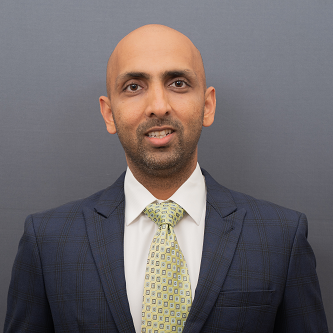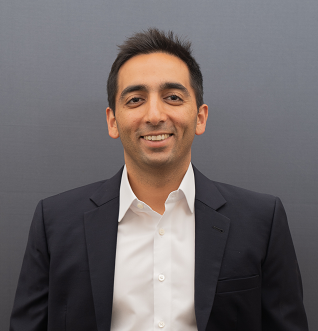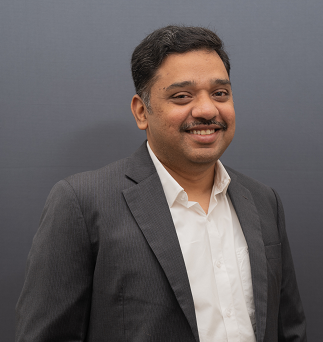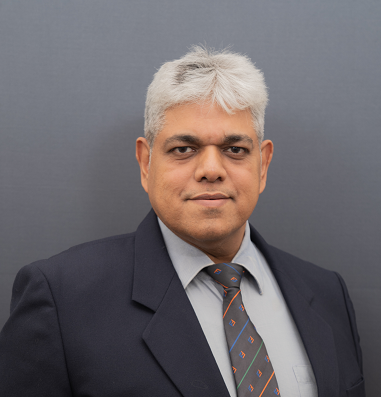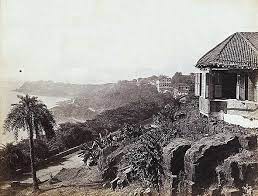
History:
Malabar Hill (Walkeshwar) has a long and rich history associated with it. The first records of the region are almost a thousand years old, and the one of the earliest name associated with it was Walkeshwar as mentioned in the book Walkeshwar Mahatmya, a centuries old Sanskrit text which narrates the story of Lord Rama and Walkeshwar Temple, and later in an account of John Burnell, an English ensign and observer of early 18th century C.E.

The location derives its name from the famous 12th century C.E. Hindu temple Walkeshwar constructed during the rule of Silahara Kings. The Silahara Dynasty ruled the islands, today known as Mumbai, and parts of Konkan from 9th Century till early 13th Century C.E. Dr. John Fryer, a British surgeon who visited India in 1670s, was perhaps the first one to refer to this rocky hillock as Malabar Point.   Malabar Hill has two interesting stories narrating the origin of its name. It has been stated that there used to be a Keya family, who came as traders and merchants, which owned a large part of this area and played an influential role in Mumbai’s trade with the Portuguese, French and the English. The Keya family originally hailed from North Malabar (part of today’s Kerala) and hence the location came to be called as ‘Malabar’
Hill due to Keya family’s origins from Malabar Coast. The family eventually transferred a large parcel of this land to the English East India Company. The other narration is that this area often witnessed the attacks of pirates from Malabar Coast due to which it came to be named as ‘Malabar’.   The area of Malabar Hill is known today for being associated with the elites of Mumbai, housing the rich and powerful. However, the area which is today associated for housing the elites used to be a jungle till the early 19th century with sightings of hyenas and jackals being common. It was only the south-western part which was partially inhabited, as it had Hindu temples and Banganga water tank; and at the northern end had a Parsi cemetery which had been set-up sometime in the 17th century. So, what transformed this location from being a jungle to a prominent residential address?
It is reported that the Duke of Wellington stayed in Malabar Hill when he was in Bombay; and that there was a consideration for occupying the region for official residences in 1830s by the English. However, the shift of elites to Malabar Hill took place in the second half of the 19th century after the walls of the Bombay (Mumbai) Fort were torn down. The shifting of the official residence of Bombay (Mumbai) Governor to Malabar Hill in the mid-1880s was the turning point. Governor felt that his official residence, earlier located in Parel, was not appropriate considering the rise of diseases like Cholera, due to which the Governor lost his wife, and the rapidly developing slum in the vicinity. Hence, Sir J. Fergusson, then Bombay Governor, is reported to have taken this decision to shift to Malabar Hill as it would provide the Governor isolation, privacy and at the same time the location was of strategic importance too.
The development of the Governor’s Bungalow, now called Raj Bhavan, and the surrounding residential area for the elites is inter-linked. After the shift of the official residence of Governor to Malabar Hill and the move by influential bureaucrats nearby as that would make work more convenient; the elites flocked to the region as it became associated with authority and influence. With Fort area becoming the commercial hub, Malabar Hill came to be associated as the residential part of the city housing the rich and the powerful.
Highlights of the Location:
1. Walkeshwar Temple and Banganga Tank
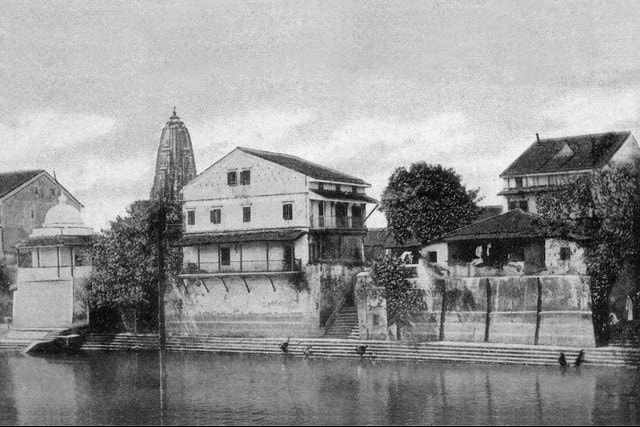
The temple dedicated to Lord Shiva was built in the 12th century C.E. by a minister in the court of Silahara Kings and is associated with the story of Ramayana. It is narrated that Lord Rama, while on pursuit of Sita who had been abducted by Ravana, was advised to worship Lord Shiva to bless his journey. Lord Rama made an idol from sand (called ‘Waalu’ in Marathi) from where the name of the temple emerges. The temple was destroyed by the Portuguese and was later re-constructed around 1715 C.E. by Rama Kamat, a businessman and philanthropist. The Banganga Tank in the vicinity was created by Lord Rama after striking the land with an arrow (‘Ban/Baan’ in Marathi) to quench his thirst. The tank has sweet water, coming from an underground spring, despite its close proximity to the sea. This historic site has featured in many movies and documentaries. Banganga Festival is held annually at this location to promote our rich culture and heritage.
2. Hanging Gardens:
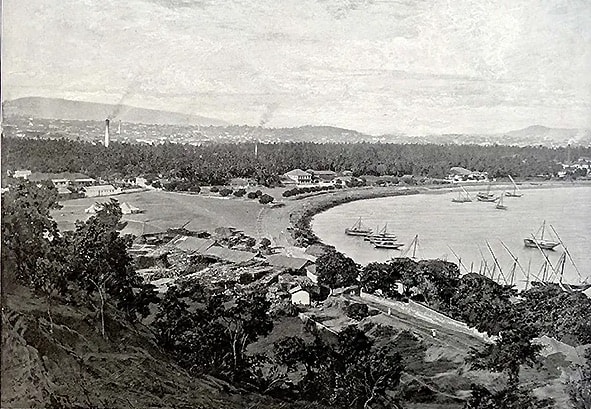
Hanging Gardens, located in Malabar Hill, are officially called Pherozeshah Mehta Gardens named after the famous Parsi freedom fighter. The gardens were constructed in 1880s and the complex includes the Kamala Nehru Park which is a popular children attraction known for the Old Lady’s Shoe.
3. Babu Amichand Panalal Adishwar Jain Temple:
The temple was built in 1904 and is dedicated to Jain Tirthankar Lord Adishwar (Lord Adinath or Rishabhdev). The temple is aesthetically constructed with beautiful carvings and paintings.
